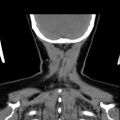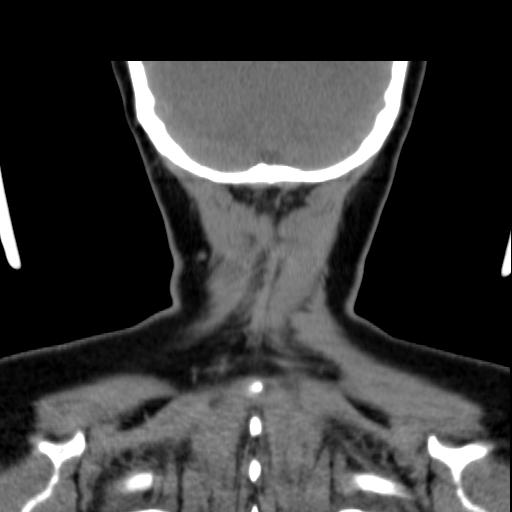File:Obstructive sleep apnea (CT evaluation) (Radiopaedia 24304-24582 Coronal non-contrast 89).jpg
Jump to navigation
Jump to search
Obstructive_sleep_apnea_(CT_evaluation)_(Radiopaedia_24304-24582_Coronal_non-contrast_89).jpg (512 × 512 pixels, file size: 22 KB, MIME type: image/jpeg)
Summary:
| Description |
|
| Date | Published: 6th Aug 2013 |
| Source | https://radiopaedia.org/cases/obstructive-sleep-apnoea-ct-evaluation |
| Author | Gaurav Som Prakash Gupta |
| Permission (Permission-reusing-text) |
http://creativecommons.org/licenses/by-nc-sa/3.0/ |
Licensing:
Attribution-NonCommercial-ShareAlike 3.0 Unported (CC BY-NC-SA 3.0)
File history
Click on a date/time to view the file as it appeared at that time.
| Date/Time | Thumbnail | Dimensions | User | Comment | |
|---|---|---|---|---|---|
| current | 19:32, 31 August 2021 |  | 512 × 512 (22 KB) | Fæ (talk | contribs) | Radiopaedia project rID:24304 (thread B) (batch #26851-200 D89) |
You cannot overwrite this file.
File usage
The following page uses this file:
